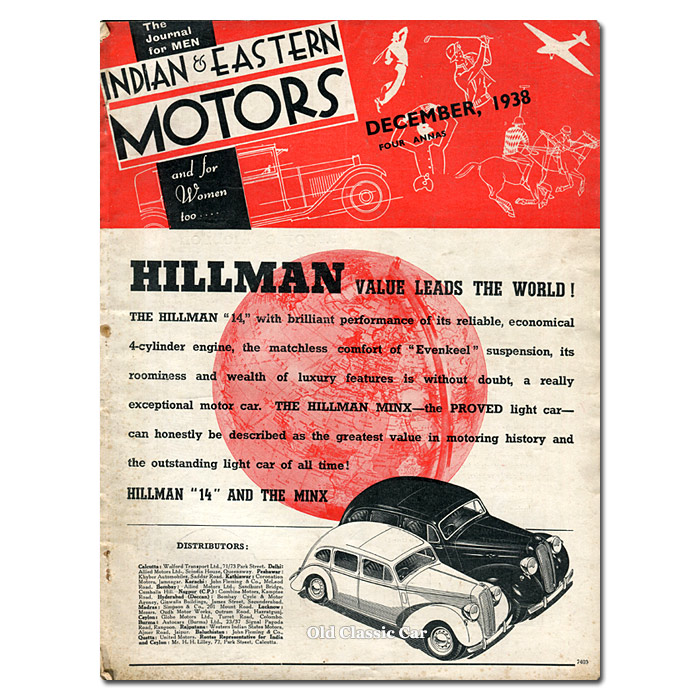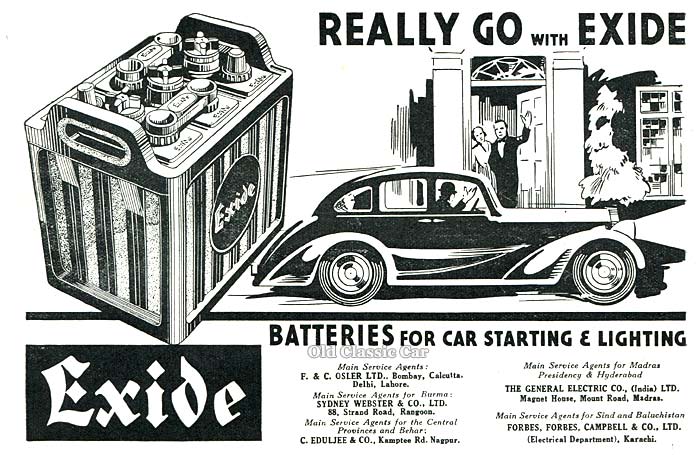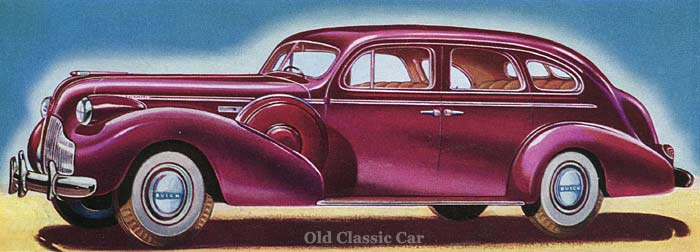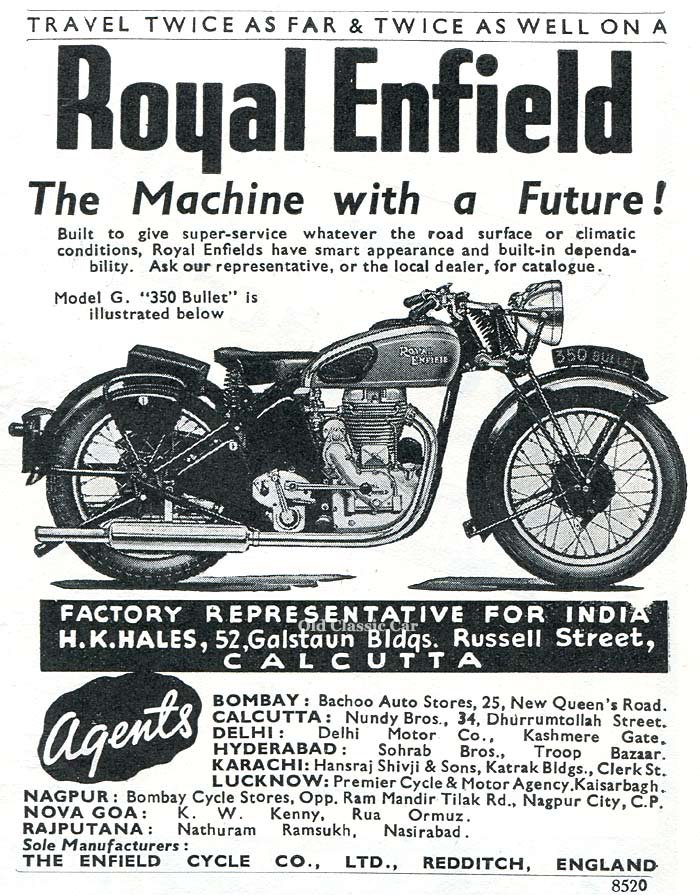Indian & Eastern Motors, December 1938.
Until this copy of Indian & Eastern Motors landed on my doorstep some time ago now, I'd never heard of this motoring magazine before, and from searching around online, few others appear to know of it either. Subtitled "The Journal for MEN and for women too", this December 1938 copy would have cost its purchaser out in the (then) British Empire the princely sum of four annas.
|
|
Unlike most magazines of its type, it doesn't solely concentrate on matters relating to cars and the use of them, there are sections too for cycling, motorcycling, motor-boating, and indeed aviation, but the majority - perhaps 50% - of the content does mainly concern itself with matters relating to four-wheeled modes of transport. Inspection of the Contents page advises that this rarely-found title was the "Official organ of the United Provinces, Nilgiri, and Sind Automobile Associations ..." and also the official printed representative of a broad selection of flying clubs from across India and beyond. The publishers, Indian & Eastern Motors, were based in Calcutta. I've not been able to establish when the magazine first went into print, or indeed ended, as I can find precious few references to it.
|
The 1938 Hillman Minx.
The cover of December 1938's issue displays a proud advertisement for the Hillman 14hp and the Minx. As with the advertisements dotted about inside this copy, at first glance the advert could easily have been found within a home-grown British magazine of the era, only a close look at the addresses referred to within it give the game away that this is in fact, an Indian publication. Hillman distributors are listed at addresses across India, including Calcutta, Delhi, Bombay and Madras, not forgetting dealerships located in far-flung climes such as Burma and Ceylon, most with very British-sounding company names such as Walford Transport Limited, Coronation Motors, Globe Motors Ltd, and John Fleming & Co., just to name a few.
|

|
|
Buried towards the back of the magazine, is a small piece that celebrates Hillman's great home successes with the Minx of the late 1930s. New-car registration data from the Ministry of Transport confirmed that once again the Minx was the best-selling car in the 10hp class, scoring a 33% sales rate in the UK within this group. This was especially impressive given that sixteen different makes of 10hp car were on offer at the time.
|
|
Anyone familiar with British publications of the era will easily recognise many of the products featuring in adverts within Indian & Eastern Motors. Exide batteries, Tecalemit lubrication equipment, Payen gaskets, Welworthy piston rings, and Bentley motor-cars (courtesy of Allied Motors / Walford Transport Ltd of Calcutta) all feature within the first few pages. Curiously though, while many accessory and component manufacturers chose to advertise in this publication, few car manufacturers bothered. Hillman grabbed the front cover for their promotion, and Bentley occupy a page inside, but otherwise no other British car manufacturers targeted this magazine's readership. Buick was the sole US car builder to promote their wares, thanks to a colourful pull-out promotion that really stands out from the rest, being the only splash of full colour.
|

|
Proposed ban on in-car loud speaker usage.
The first article proper, a regular comment piece headlined "... through the windscreen", draws the reader's attention to a new piece of proposed legislation, that would ban any motor vehicle from making use of a radio that employed a loud-speaker. The article goes into many paragraphs about how this might not be a great proposal, and begins with the following:
|
|
"Typical of the thoughtless restrictions by which the police hope to make the roads safer for jay-walkers and sleeping bullock cart drivers is the latest announcement "that in exercise of the powers conferred by section II of the Indian Motor Vehicles Act 1914, it is proposed to make the following amendments in the Calcutta and Howrah Motor Vehicle Rules 1930" to the effect that "No radio or gramophone with a loud speaker shall be played in motor vehicles. This does not preclude the employment of a radio set which does not have a loud speaker but has earphones instead". A similar amendment is proposed in the rules regulating the use of vehicles in others parts of the Bengal Presidency."
|
|
The article then goes on to express the author's view that there are many more significant traffic issues that should be looked at, without encouraging drivers to be behind the wheel wearing earphones, as opposed to listening to a wireless by use of a loud speaker. Was this change in regulations ever introduced I wonder?
|

|
Suburban speed-traps in Bombay.
Speed-traps were a subject of great debate in the 1930s just as much as they are today, with debates for and against, and opinions somewhere in the middle ground, bandied about with passion and vigour. Within the "Bombay Notes" section are a few paragraphs debating the accuracy, or otherwise, of the decidely low-tech speed trap procedures that were being employed by the Bombay Police in a bid to clamp down on tearaway drivers, as the following (familiar-sounding) passages explain:
|
|
"It does seem incredible, after all the years of experience in other countries, and after the long-standing recognition by the Bombay Police, that speed traps in any case are inequitable, and that short distance traps are hopelessly inaccurate, the suburban police have started a system of so-called "speed control" in a distance of only 88 yards. If that were not bad enough, they employ a system of signalling that would have been considered out of date in England, even in the height of the pre-war trapping period. It is a bit curious that the W.I.A.A. have drawn attention to the inevitable 'time lag' in the operation of the stop watch, but have omitted to call similar attention to the much more probably time lag in the waving of the white cloth. This is held by a plain clothes constable behind his back, and is waved as soon as he sees the wheels of a suspected car touching the white line. It is very evident that the lapse of time between contact with the white line and an effectively visible 'wave' would be even more than the 'reaction lag' in pressing the stop watch knob. It would be a very interesting experiment to compare the time loss of each operation, by means of an Interval Meter operated by a photo-electric relay. That combination measures intervals of time down to 1/100th of a second, with no reaction delay whatsoever."
|
|
"The whole point however is the object of the trap. If it is intended to control dangerous driving, its utility has long since been discredited. Everyone knows that under some circumstances, even 20mph can be dangerous (try going round the Bori Bunder island in the daytime, even at that speed, if you are in any doubt). On the other hand a Court of Justice in England has recently decided that even 80 miles per hour, under suitable circumstances, is not in itself necessarily dangerous."
|
|
"The real object of police traps, in the great majority of cases, is simply and solely the collection of illicit revenue. When that object is in view, all arguments about accuracy or justice are futile. There is only one way of preventing this form of highway robbery, and that is for Government to arrange that the proceeds of any fines imposed as a result of such trapping, do not go into the pockets of the authority operating the trap, but direct into the Road Fund ..... while the cost of operating the trap should be a charge on the local authority that imposes it."
|
.
Cars for 1939.
There then follows a three-page road test of the new-for-next-season 1939 Wolseley Super Six 25hp saloon, a car they summed up as being a "... car [that] handled delightfully and I am convinced that one could drive it for long stretches with the minimum of strain and fatigue". The Buick range, also for 1939, is then considered, opposite a full-page advertisement that lauds the properties of Shell lubricating oils, after a Vickers Wellesley single-engined monoplane (powered by Bristol Pegasus), completed 7,162 miles non-stop on Aeroshell oils.
|

|
Elsewhere within Indian & Eastern Motors.
The aviation section starts out with updating the reader on RAF pilot instruction in England, which then lead into the author's thoughts on The de Havilland Moth Minor. Notes on a new low-wing monoplane produced by H.S. Moss & Co. of Chorley in Lancashire, England, and called the "Mosscraft MA.1", then follow, accompanied by illustrations of a completed example, registration G-AEST. Success was not to come for this interesting machine. Just one example was built, and it - G-AEST - crashed with fatal consequences for its pilot, during the 1950 King's Cup Air Race held in Newport, Shropshire.
|
|
Fans of motorcycles would no doubt have been interested to read a review of the Earl's Court Bicycle & Motor Cycle Show, which incorporated a stand-by-stand look at the models being produced by the likes of AJS, Ariel, Matchless and Triumph, just to name a handful.
|

|
|
Can anyone fill in the history for this Indian-produced magazine?
|
|
Return to the car magazines section for information on similar early titles.
|









